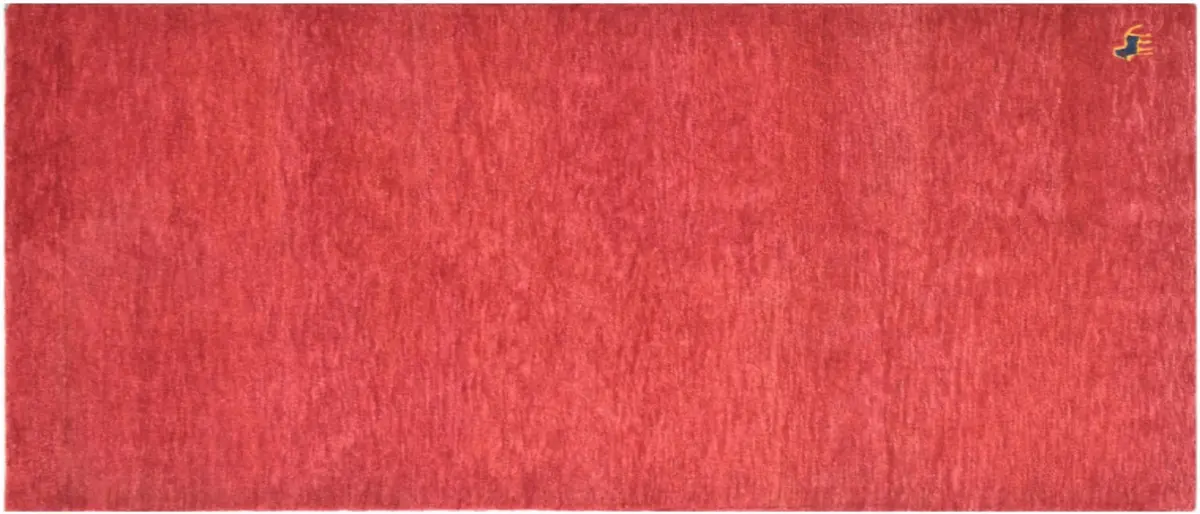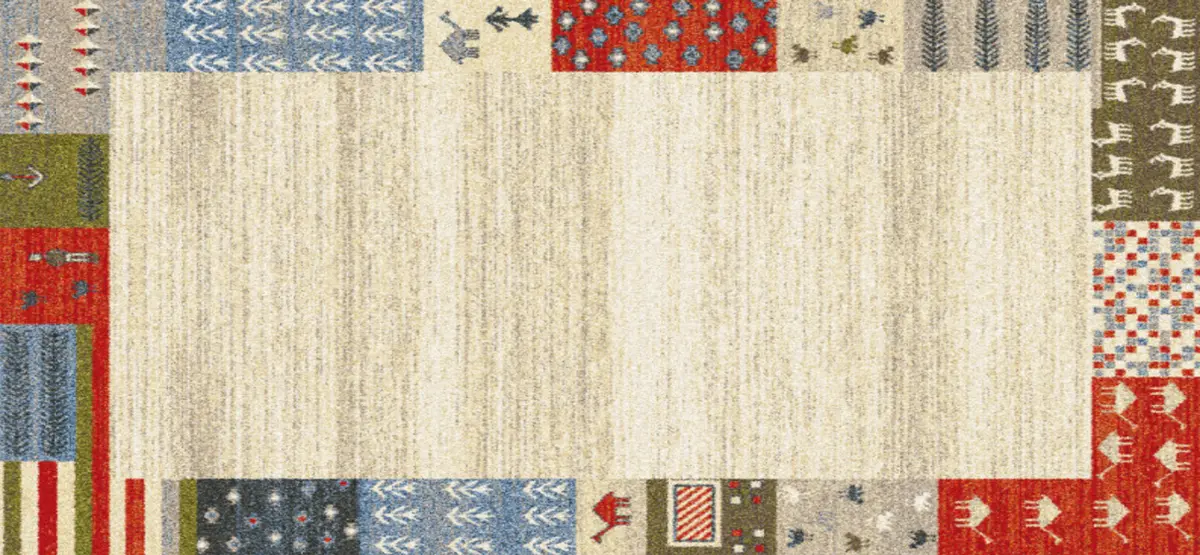Gabbeh carpets
Gabbeh Carpet Cleaning, gabbeh carpet cleaning, gabbeh wool carpet cleaning, piece gabbeh carpet cleaning, gabbeh carpet cleaning provides services to clients in the renovation, repair, deep cleaning, revitalization, antibacterial and disinfectant protection, impregnation of natural carpets according to your wishes in top quality according to our internal company standards, IICRC™ guidelines and standards and expertly implemented PERSIAN® system.

 the PERSIAN® trademark defines the Carpet Service® branded technology concept of expertly executed carpet service companies focused on the regular maintenance, cleaning, revitalization and impregnation of synthetic, natural, wool, gabbeh and silk carpets, fabric and leather sofas, chairs and upholstery materials. This branded concept brings the utmost professionalism in full synergy with maintaining ethical, environmental and quality performance standards including contractual guarantee of the services provided by the contractor.
the PERSIAN® trademark defines the Carpet Service® branded technology concept of expertly executed carpet service companies focused on the regular maintenance, cleaning, revitalization and impregnation of synthetic, natural, wool, gabbeh and silk carpets, fabric and leather sofas, chairs and upholstery materials. This branded concept brings the utmost professionalism in full synergy with maintaining ethical, environmental and quality performance standards including contractual guarantee of the services provided by the contractor.
Gabbeh carpets fall into the category of more expensive to expensive carpets and their maintenance is not easy and above all, should be carried out by a qualified contractor. If your gabbeh carpet at home gets a lot of use, it may get to a state where dust and dirt cannot be gotten rid of by just vacuuming and therefore it is always best to have a gabbeh carpet professionally cleaned. Proper cleaning techniques can keep your carpet in great condition.
Gabbeh Carpets – The History and Science of Carpets
Gabbeh carpets were originally traditional hand-woven carpets from Iran known for their use of natural materials, rougher appearance and simplicity. They were mainly made from sheep’s wool, which was further dyed with natural dyes. Warm and earthy colours such as beige, brown, orange, red, blue and green were most commonly used. In terms of appearance, Gabbeh carpets had simple motifs and were usually accompanied by figures or animals.
A Gabbeh rug is authentic, full of colour and exudes the free spirit of nomads. Hand-woven from quality wool and dyed with natural dyes, these rugs are characterised by simple designs, rich colours and robust construction and are divided into the sub-groups listed below.
Nepal rugs originate from Nepal and are woven by Tibetan nomads. They are characterised by geometric and figurative patterns and rich colours. The wool comes from sheep reared in the mountains and is hand-dyed with natural dyes Simple patterns predominate in the carpets and often include abstract designs, geometric patterns or stylized flowers and animals. The carpets are dyed with rich and vibrant colours that add energy to the interior. Rugs are woven densely and tightly so they are durable and will last for many years.
Gabbeh rugs come from southwestern Iran and are woven by the nomadic Luri and Qashqai tribes. They feature abstract patterns and rich colours such as red, blue and green.
Lorigabbeh rugs are a subcategory of Gabbeh rugs and originate from the Loristan region of Iran. They are famous for their softer patterns and more muted colours.
Nowadays Gabbeh style carpets mimic these traditional carpets and are not only made in Iran, often using synthetic materials in their production. The common feature is still the motif with animals or figures and the use of natural colours.

Gabbeh carpet cleaning and maintenance
Gabbeh carpets with natural material require professional care. It is not advisable to attempt home deep cleaning with a steam cleaner from the back and front, as the steam cleaner is unable to clean it all and the excessive heat penetrating it damages the wool and its natural lanolin. Excessive heat can also lead to shrinkage of the natural fibres of gabbeh carpets, putting you at risk of permanent damage.
Home care for gabbeh carpets is simple. Regular weekly vacuuming ideally with a knocking head will not harm it for decades. The natural vegetable dyes, dense weave and natural grease of virgin wool provide protection so most dirt won’t penetrate the carpet at all. Only the smallest particles of sand and dust can settle in the foundation over time. In order to remove even the smallest dust particles from the carpet, it is recommended to have the carpet deep cleaned every 2-3 years by an expert – professional natural carpet cleaner.
In everyday life, gabbeh carpets know only two enemies: red wine and years of sunlight. Red wine stains can be treated, but cleaning is very time consuming and therefore a non-negligible cost factor. To prevent one-sided exposure of the carpet to sunlight, it helps to rotate the carpet frequently at even intervals so that both sides are exposed to similar amounts of sunlight. The sun does not necessarily lead to a reduction in the value of the carpet. Many old and antique gabbeh rugs have only become particularly beautiful and valuable through even exposure to sunlight. Some gabbeh rugs are even exposed to the sun for long periods of time to give the color a brighter, more balanced sheen.
If the gabbeh carpet only comes into contact with water, it is usually enough to dry it thoroughly on both sides. The carpet will lift for a few days when wet, as the warp expands due to the moisture. Once the moisture has escaped from the carpet, the warp will settle again and the carpet will not change. Heavy rubbing of water stains in dry conditions or the use of detergents should be avoided, as both can damage the gabbeh carpet. In the case of coffee or cola stains, you should contact a professional as soon as possible. You can treat the stain yourself using lukewarm water and dishwashing liquid. However, you should seek professional advice before doing so.
Mold Removal + Mold Prevention It is important not to neglect older gabbeh carpets that may smell of mold or damp odor, as natural carpets have a natural tendency to retain moisture that later leads to mold. There are several ways you can get rid of unpleasant odours by cleaning your carpets:
- Leave the gabbeh carpet in sunlight for a few hours.
- Blow dry the carpet with a fan on both sides, remembering to work in sections.
- Take the carpet to a professional carpet cleaner – this is a guaranteed way to get rid of mould from gabbeh carpet.
The professional carpet cleaning and the reputable gabbeh carpet maintenance provided through expertly skilled technology brings the assurance that your gabbeh carpet will not shrink, fade, or even show any damage.
- We first remove most dirt and dust from gabbeh carpet by hand with gentle machinery, instead of running it through aggressive equipment that can damage your precious carpet.
- Depending on the material of your gabbeh carpet, we will use a specialized stain remover to thoroughly remove or reduce the stain depending on the condition of the carpet.
- Depending on the material, your carpet will either be cleaned in a water bath and then chemically cleaned using special “WOOL SAFE” chemical cleaners.
- We will then dry the carpet as best we can to remove excess moisture and let it dry and turn it off.
- Finally, we thoroughly disinfect and impregnate the gabbeh carpet and after a thorough inspection, we wrap it and prepare it to be handed over or transported to you.
How you can protect the carpet from damage
- Moth larvae nesting in gabbeh carpets are quite common and can be kept under control by regular vacuuming, leaving the carpets in sunlight for a few hours and also by having them professionally cleaned.
- If you want to store gabbeh carpets in a warehouse, it is best to have them professionally cleaned and kept in an enclosed area to prevent dirt from getting on them.
- Always store your carpet in a clean, dry area, as moisture causes damage to the carpet.
- To avoid excessive pressure on the carpet, use furniture covers on the legs of tables and chairs.
- Use thick rubber pads under loose rugs to prevent them from sliding. They also help manage the weight of the furniture.
In conclusion, it’s always better to have your gabbeh carpets cleaned by a professional than to try to do it yourself. This is because the more likely a mistake is made, the more your carpet will be damaged or may become locally degraded, even irreversibly.